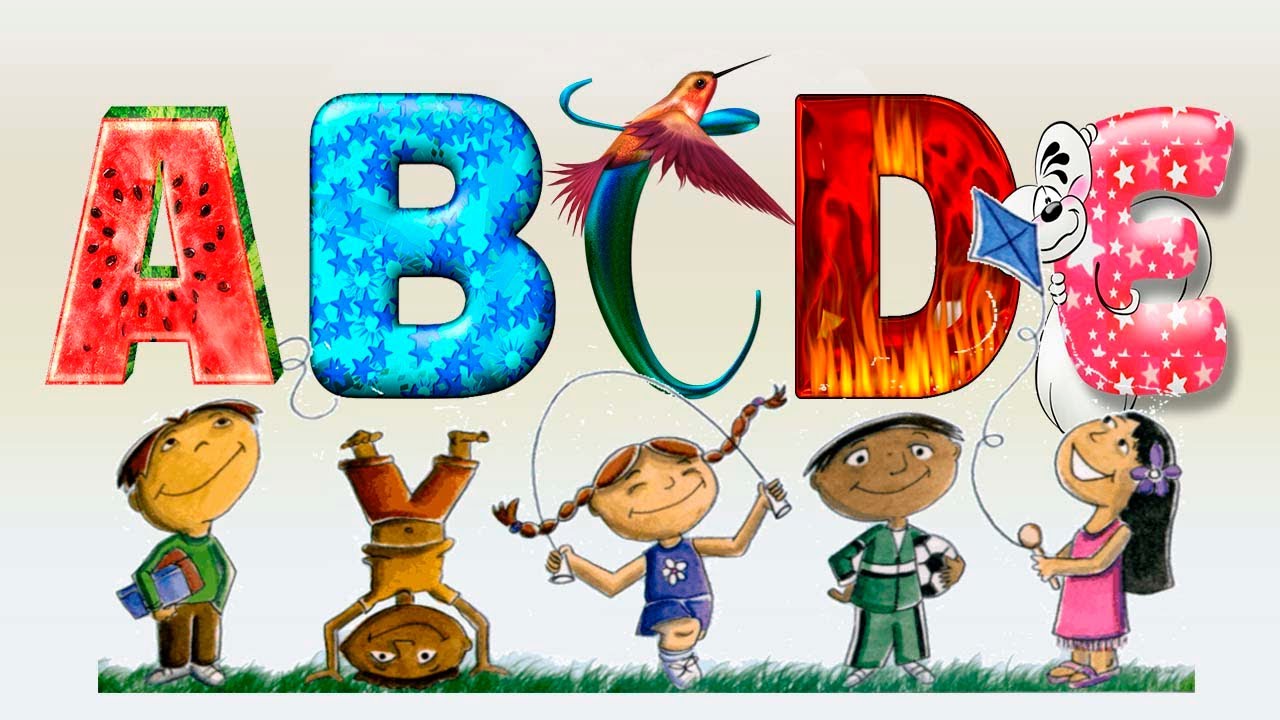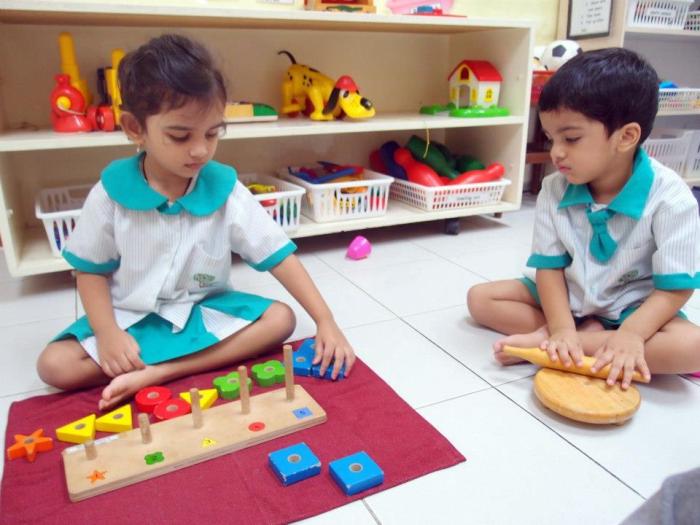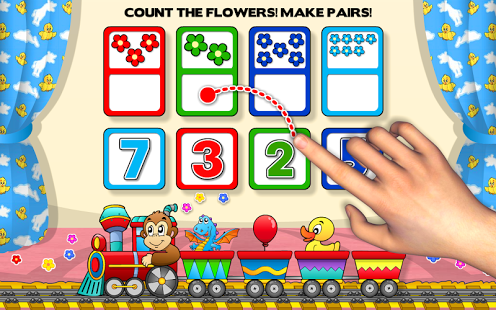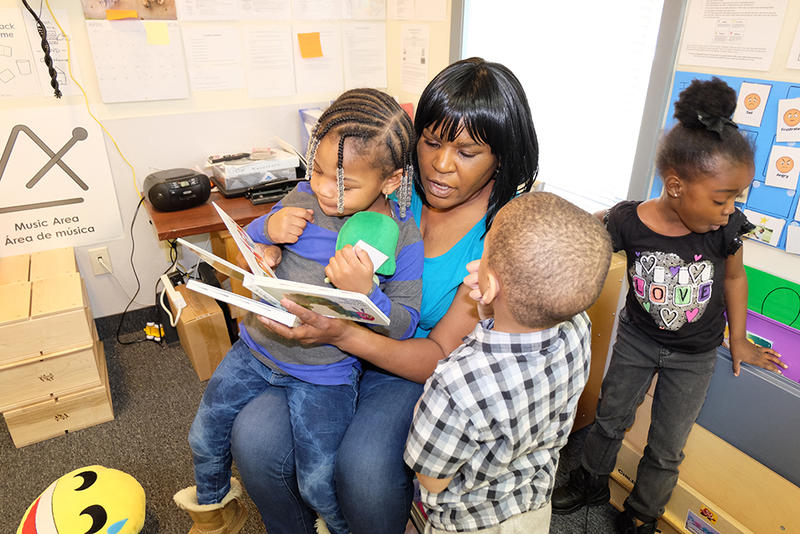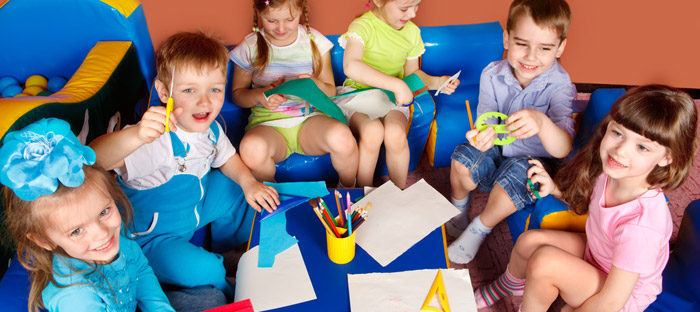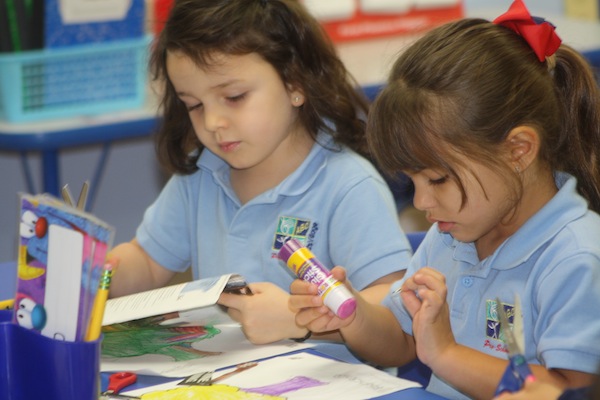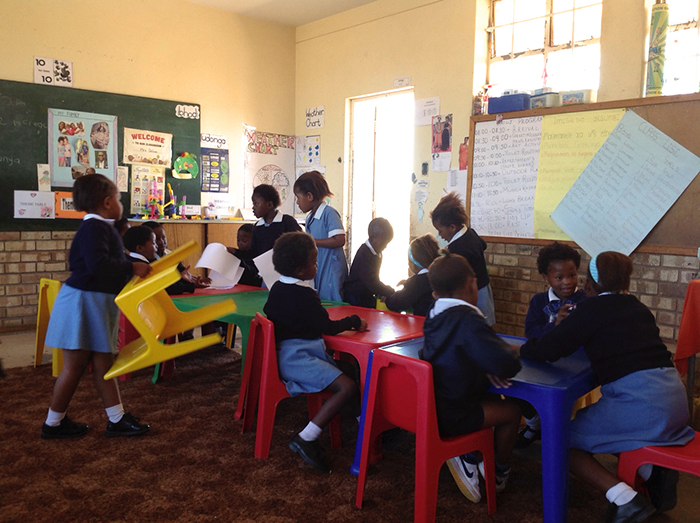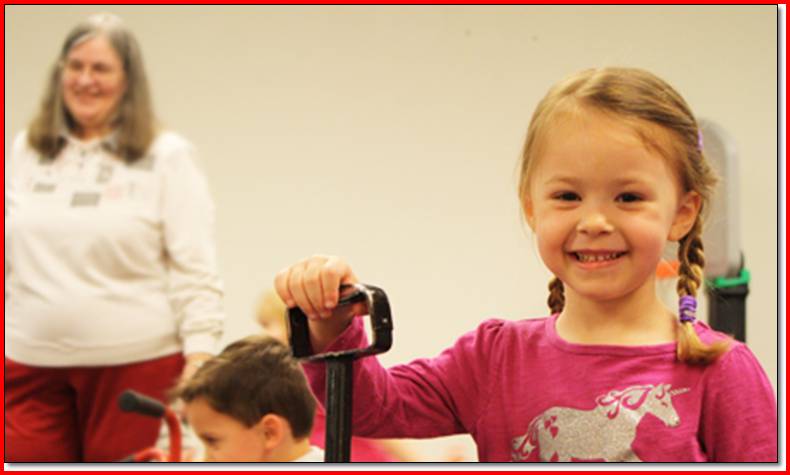Child Care Tips for Preschool
We all know that the first stepping stone before we proceed to the highest level of education is the pre-school, which maybe your child’s first years of school are filled with many wondrous moments. Preschool provides a foundation for early learning both socially and academically that will help your child succeed in elementary school. It’s a time of tremendous social, emotional, physical, and intellectual development, and it can come and go before you know it.
Here are the important early learning tips for helping your child stay on track at home.
—————————————————————————————————————————————–
Letters and Sounds
At school: Kids will learn to recognize and name all 26 uppercase letters and some lowercase letters (lowercase letters are harder to learn at this age). They will recognize their own first name and be able to print it, along with other letters and meaningful words like Mom, Dad, and love. Preschool children will also develop a connection between letters and sounds and know some of the sounds that letters make.
At Home: Reinforce letter-learning by having your child play with letter refrigerator magnets. Sing the “ABC song” together and look at the beginning sounds of words in your everyday lives. “Show them on a Cheerios box that ‘Cheerios’ has a Ch in front,” Meade suggests. “When you go to Target tell them, ‘Target starts with T.’ They’ll recognize this the next time they go.” When you’re cooking together, teach your child what the letters on recipes mean. “The children are learning but it’s also fun, because they’re cooking with their parents,” Meade says.
A love of language, reading, and books starts early, and it starts at home, so encourage this by talking with your child and reading to him regularly. “One of the most amazing things parents can do is read to their children every day,” Meade says. Even 10 minutes each night makes a difference; make it a warm, cozy experience by looking at pictures together, pointing out words, and talking about what’s happening in the book. Ask questions (“What is this?” “What is she doing?”) and discuss your child’s observations and thoughts. Songs, nursery rhymes, and tongue twisters also teach your child about how sounds work and get plenty of giggles.
Colors, Shapes, and Objects
At School: Preschoolers will learn or continue to learn the names of many colors, basic shapes, and body parts.
At Home: As you read through books together, ask questions about color: “What color is that car?” and “Which hat is yellow?” Point out shapes of household objects and ask questions like “Does that picture look like a square or a triangle?” When your child is getting dressed, talk about the colors of her shirt, pants, shoes, and socks. Turn everything into a game. Play a “Where Is?” game to learn body parts, for example: “Where is Mommy’s nose? Where is Mommy’s chin? Where are your elbows?” In the car or on bus rides, play a game where you ask about an object and your child has to figure out the shape and color.
Numbers and Counting
At School: Teachers will help kids learn to recognize and identify the numbers one through 10 and correctly count 10 or more objects. Learning what numerals 0 to 9 look like and being able to name them correctly is one of the first math skills preschoolers learn. Counting is a separate skill that usually starts with memorization; kids will memorize the order of numbers and say them proudly as they “count” objects. As they advance, they will learn that the numbers and objects actually correspond.
At Home: When you see numbers in everyday life — in books, on food cans, even on TV — ask your child to identify them, and count everyday things together: the stairs you walk up, the crayons in a box, and the blocks on the floor. “Ask your children, ‘How many cereal boxes are in the cupboard?’ and ‘How many oranges are left in the bag?'” Meade suggests. “When they’re having a snack, ask, ‘How many crackers do you have?’ Line the crackers up and have them point with their finger and count each cracker one at a time.”
Cutting and Drawing
At School: Before entering kindergarten, children should be able to cut with scissors. As they develop better hand-eye coordination and fine motor skills, they will start drawing and coloring beyond just scribbles and will learn to use pencils, paintbrushes, and glue.
At Home: Be sure to give your kid plenty of jumbo crayons and markers, thick sidewalk chalk, and ample opportunities to draw. Use Play-Doh to help build your child’s fine motor skills. “Squishing it and squeezing it will really work the muscles in their fingers,” Meade says.
Socializing and Sharing
At School: Developing important social skills is necessary before starting kindergarten; preschoolers will learn how to share and cooperate, to work together and take turns, to participate in group activities and follow simple directions, and to communicate wants and needs. “When they start kindergarten, they get dropped off, and the parents have to leave, so children have to be able to speak up for themselves,” Meade says. “They need to know how to ask for help.”
At Home: Develop your child’s social skills by arranging playdates and going to play groups and to the playground. At home, be consistent about simple rules your child must follow, such as making the bed or putting toys away. Let your child take responsibility for cleaning up, but remember to model appropriate social interaction and politeness.
This article is curated from here
Sending your child to preschool really plays a lot in your child’s development. It helps them to grow emotionally, physically and mentally.



